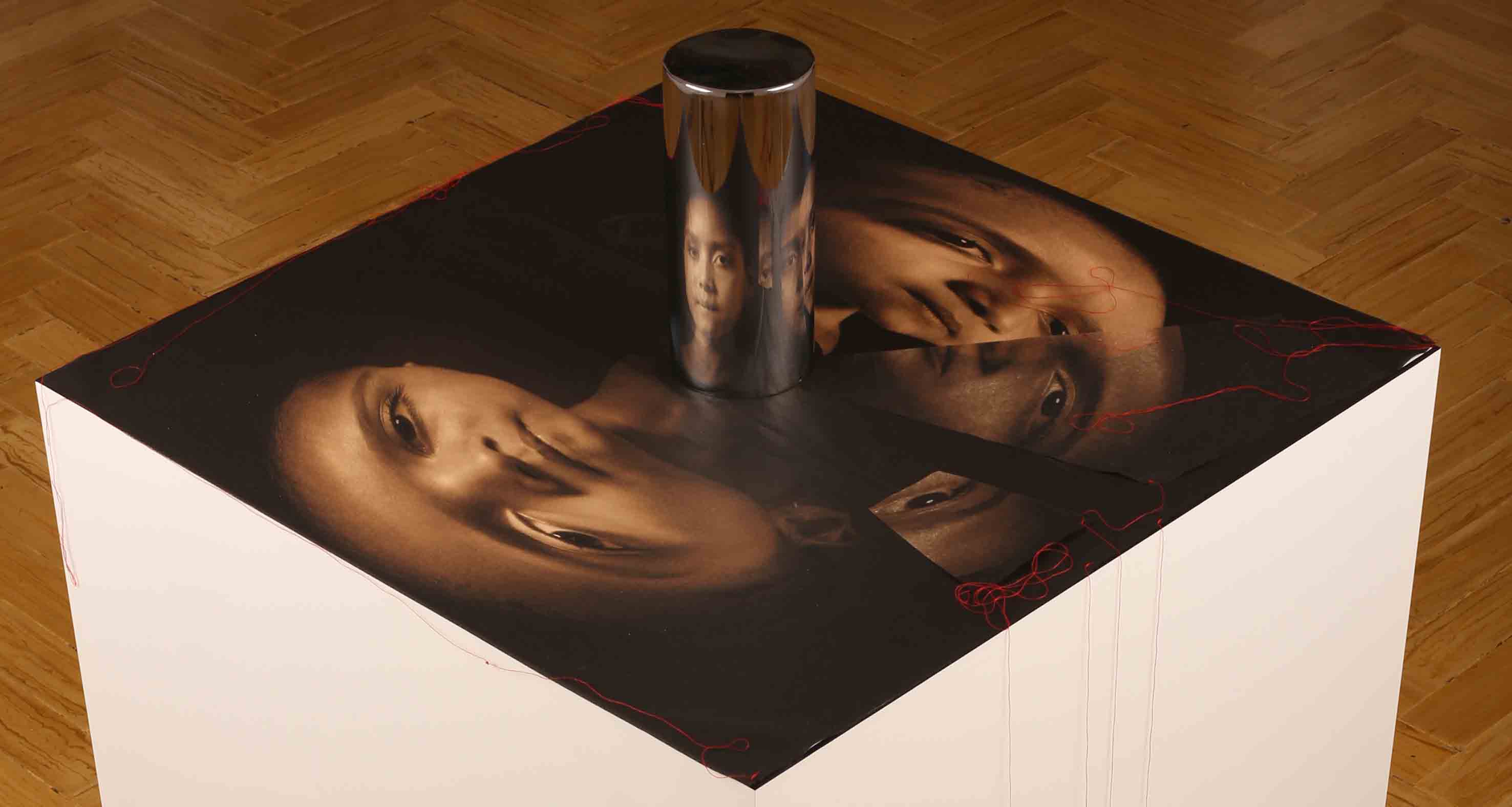
Möbius
Dentro de la diversidad de propuestas artísticas llevadas a cabo en América Latina es posible distinguir con claridad dos lenguajes que podrían considerarse diametralmente opuestos. Uno de ellos, que proviene de los años treinta, haría referencia a una visión estereotipada vinculada a los conflictos sociales, a los espacios naturales conectados con el realismo mágico, a la nostalgia de un pasado perdido y al exotismo. Y la visión antagónica, la cual se generó a través de los movimientos abstractos, concretos y neoconcretos que se dieron en el sur del continente a mediados de 1940-50, especialmente en Argentina, Brasil, Uruguay y Venezuela. Eran movimientos que aspiraban a la racionalidad y a la búsqueda del progreso desde la modernización a través del uso de la geometría y la ciencia. Tenían como fin borrar toda huella de subjetividad, eliminando cualquier gesto de emotividad o experiencia narrativa que partiera de la figuración.
En Möbius se trata de generar una “conciliación” simbólica entre ambas vertientes artísticas, activando tensiones y creando relaciones entre estas dos formas tan diferentes de presentar y representar la realidad. González Palma persigue en este proyecto la creación de obras ambiguas e indeterminadas, abiertas a nuevos argumentos y posibilidades. Se abren así dos diálogos inéditos, el que se produce con la intervención de la pintura abstracta sobre sus fotografías, y el que se establece entre sus fotografías y la geometría, con la utilización como soporte de un material experimental, el papel de arroz tenguchi, que con el paso del tiempo va generando pliegues y volutas de carácter geométrico.
Among the diversity in artistic proposals that took place in Latin America, it is possible to clearly distinguish between two languages that may be considered as diametrically opposed to each other. One of them, originated in the 30s, has to do with a stereotyped vision related to social conflicts, natural places connected to magic realism, the nostalgia of a lost past and exoticism. The other, absolutely antagonistic, is the one that originated from abstract, concrete and neoconcrete movements that took place in the south of the continent between the 40s and 50s, especially in Argentina, Brazil, Uruguay and Venezuela. Movements that aspired to rationality and to the search for progress from modernization through the use of geometry and science. The aim of this movement was to erase every trace of subjectivity, eliminating any gesture of emotion or narrative experience by the use of figuration.
The project I propose is to generate a symbolic “conciliation” between these two artistic currents, activating tensions and creating relations between two ways of presenting and representing reality from diametrically opposed perspectives. My interest is to create ambiguous and indeterminate works, open to new arguments and posibilities that allow for an unprecedented dialogue between abstract painting with clear references to latin american concretism and neoconcretism, and my photographs, usually portraits loaded with emotion, subjective intensity and strong lyrical nature. The aim of this creative experience is to create new meanings and visual associations that prefigure new sensitivities that provide a rereading of the visual history of ideas from this side of the World, from its history and its contradictions.
Catóptrica. Serie Möbius
Fotografía sobre papel de arroz tenguchi / Photograph on rice tenguchi paper
Möbius (instalación), 2014
Impresión digital sobre papel de arroz y cuentas de colores / Digital print on rice paper and colour beads
Möbius, 2014
Fotografía digital sobre fieltro, Metacrilato y plot / Digital photograph on felt, methacrylate and plot
Möbius, 2014
Fotografía digital sobre fieltro, Metacrilato y plot / Digital photograph on felt, methacrylate and plot
Möbius, 2014
Fotografía digital sobre fieltro, Metacrilato y plot / Digital photograph on felt, methacrylate and plot
Möbius, 2014
Impresión digital sobre feltro, hilos. Instalación / Digital photography on felt and red thread





























